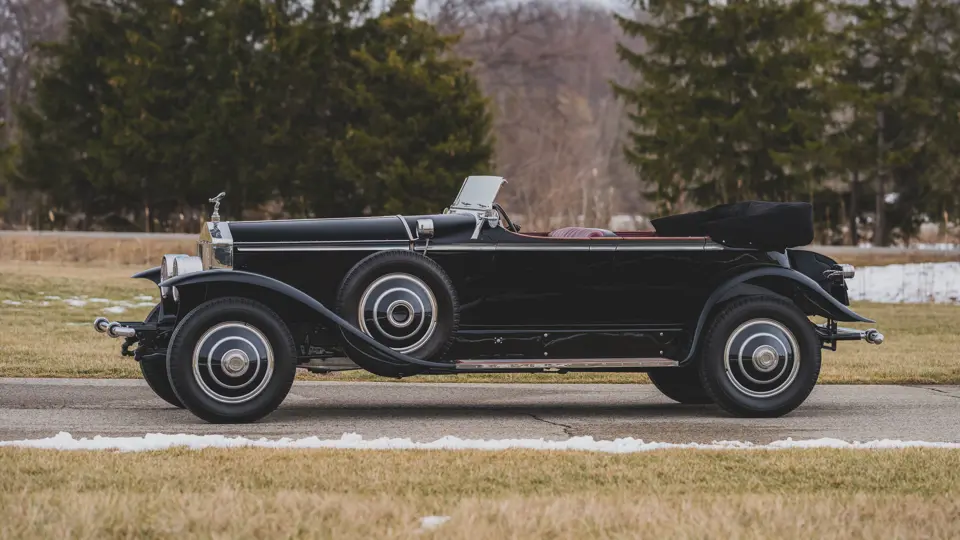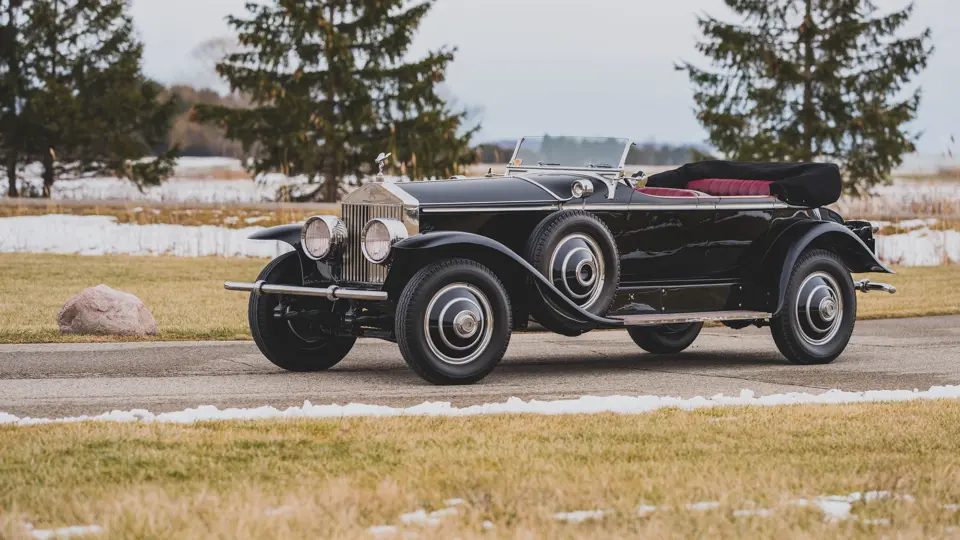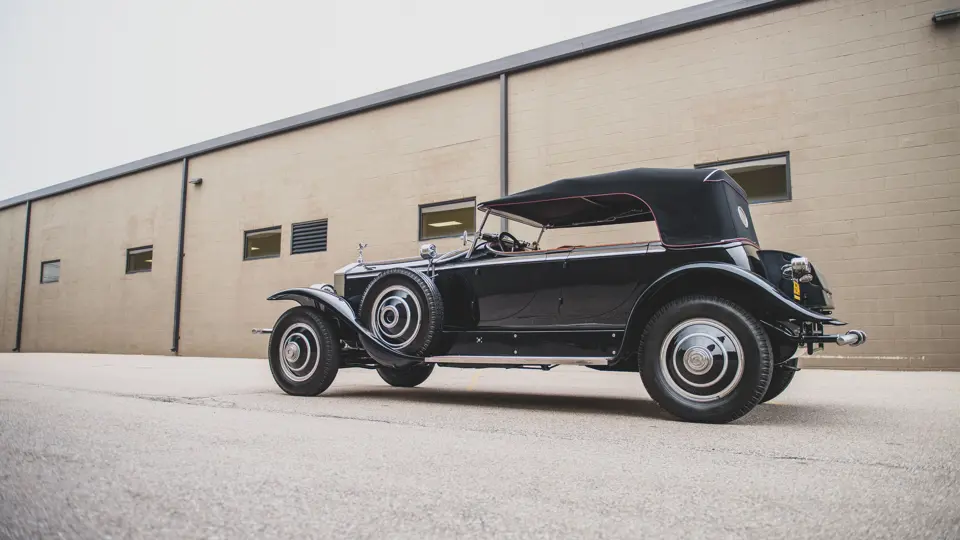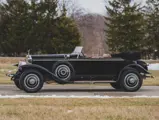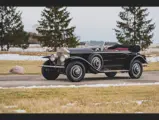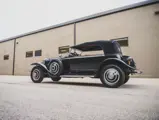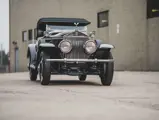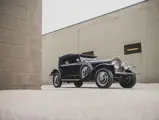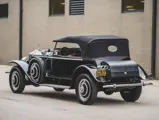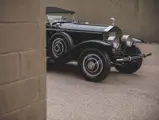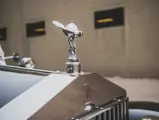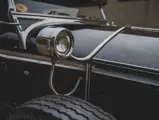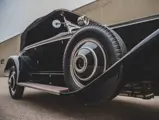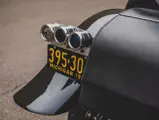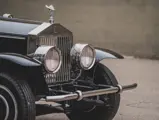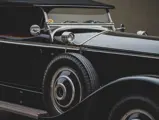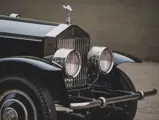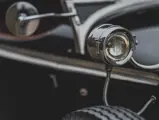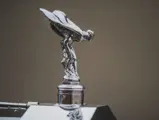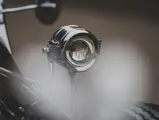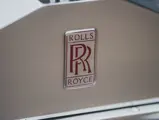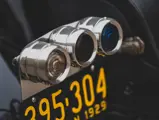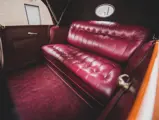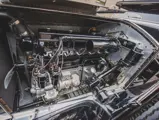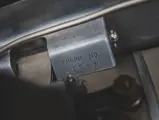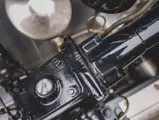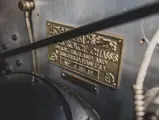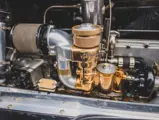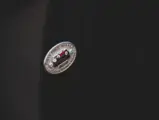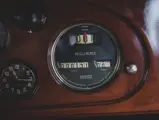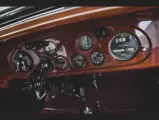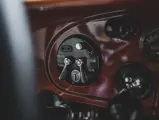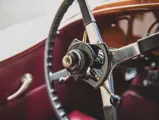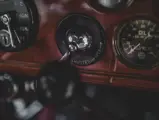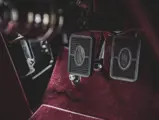
1929 Rolls-Royce Phantom I Derby Speedster by Brewster
{{lr.item.text}}
$885,000 USD | Sold
Offered From The Terence E. Adderley Collection
{{bidding.lot.reserveStatusFormatted}}
- Offered from the Terence E. Adderley Collection
- Timelessly elegant original coachwork by Brewster & Co.
- Believed to be one of only five Derby Speedsters built
- Distinguished ownership by respected Rolls-Royce and Bentley Collector Bill Davis
- Winner of First Prize from the Classic Car Club of America in 1993; Second in Class at the 1999 Pebble Beach Concours d'Elegance
- One of the finest Springfield-built Rolls-Royces in existence
“Quality will be remembered long after the price has been forgotten”
These famous words uttered by founder Henry Royce define the ethos behind the stout engineering of the company’s early creations. Development and construction of a pre-war Rolls-Royce automobile involved continual testing and attention to detail well beyond the standards found elsewhere in the industry at the time. The firm placed representatives within the Sheffield iron works to remain vigilant for any imperfections, and chassis were tested on a bump-rig that would dismantle any other automobile in a matter of minutes. A Rolls-Royce was to withstand this durability test indefinitely.
World War I provided Rolls-Royce automobiles the opportunity to fully display their abilities, with armored variants double the weight of their road counterparts rarely experiencing overheating issues even in the desert with a bullet-resistant shield covering the radiator. It was said that to keep a Rolls-Royce running forever, one simply needed gas and tires.
With a healthy post-war market in North American and a desire to circumvent import tariffs, the company established Roll-Royce of America, Inc. in Springfield, Massachusetts after purchasing the plant which formerly housed the American Wire Wheel company. The first automobiles rolled out of the factory in 1921 and continued for a decade before the depression sealed the fate of the brand’s Stateside effort.
Despite this short run, just under 3,000 cars rolled out of the factory in this time. Between the Silver Ghost and Phantom model, the company sold to distinguished clientele including President Woodrow Wilson and the famous Guggenheim and Bloomingdale families. Additionally, the increased North American presence allowed coachbuilders like Willoughby, Merrimac, and Holbrook the opportunity to place their work atop the Roll-Royce chassis.
One of coachbuilding’s crown jewels, Brewster & Company began their relationship with Rolls-Royce in 1914 when it became the sales agents for the firm in addition to the main body supplier for cars sent to the United States. After attempting to market their own car with little success, Rolls-Royce acquired the coachbuilder outright in 1925. The reinforced relationship allowed Rolls-Royce to market a number of standardized bodies to their clients in their showrooms which further increased the speed at which cars were delivered and lowered the price. Covering the wide variety of styles available, these bodies were named after various towns in England like the Derby Touring Sedan or Huntington Limousine. Remarkably, chassis were completed in Springfield, fitted with temporary seats, and driven to the Brewster Building located in Queensboro Plaza, New York.
Today, these Brewster-bodied, Springfield-constructed Rolls-Royces are coveted by devotees of the brand thanks to their immense style and historical significance.
A SIMPLY STUNNING SPEEDSTER
The 1929 Rolls-Royce Phantom I Derby Speedster, chassis S158FR, is a particularly spectacular example of Brewster’s skill. The design is rakish yet dignified, with thoughtful details contributing to a breathtaking, balanced whole; the fenders in particular present a sporty appearance, with the rear pair kicking up at the tips. Five examples are known to have been built, of which only four remain.
The car was first delivered in July 1929 to Herbert Ferrell of Nashville, Tennessee, the son-in-law of Maxwell House coffee’s J.O. Cheek. As the story goes, he was initially unsatisfied that the vehicle could not reach a claimed speed of 85 mph, and so two Rolls-Royce mechanics were dispatched to resolve this issue. After a successful re-tuning the speedster achieved the benchmark, and Mr. Ferrell would enjoy the car years to come.
After spending the subsequent decades in the Nashville area, the car is believed to have been purchased by Neil McDade in 1953. He sent the car to Schaler & Wade, a Rolls-Royce dealer in Indianapolis, for a restoration. A subsequent photograph on file shows the McDade family proudly posing with the car in its freshly done black exterior.
Five years later, the respected Rolls-Royce and Bentley Collector Bill Davis acquired S158FR. The Phantom I would remain under the care of Davis for the next 25 years, when it was sold to Rick Carroll. It is believed that Clay Cook performed a complete “open checkbook” restoration on the car, bringing it to concours condition. Unfortunately, Carroll passed away before the project reached its conclusion, and the Roll-Royce once again traded hands to William Lassiter Jr.
Under Lassiter’s care the restoration was finished, and in 1993, the Speedster earned First Prize from the Classic Car Club of America and an Antique Automobile Club of America National First Prize. In 1999, the Rolls-Royce was entered into the Pebble Beach Concours d'Elegance, where it is understood to have placed Second in Class. The same year, the car was sold publicly as part of the Lassiter collection. Fourteen years later, S158FR was offered for sale again, and it was at that time that it joined the Terence E. Adderley Collection.
Today, this Rolls-Royce Phantom I Derby Speedster still presents in show-quality condition, standing as a testament to the high level of work performed by Clay Cook. It is undoubtedly one of the finest and mostly highly desirable examples of a Springfield-built Rolls-Royce, and moreover, it wears some of the most attractive coachwork ever to grace a Phantom I chassis. The sale of S158FR presents as a rare opportunity to acquire one of the best pre-war automobiles in existence.

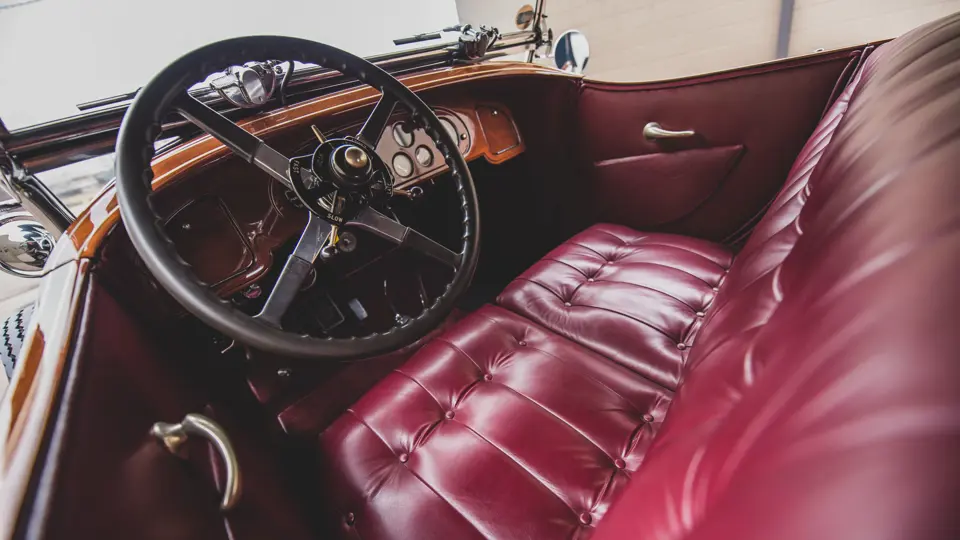


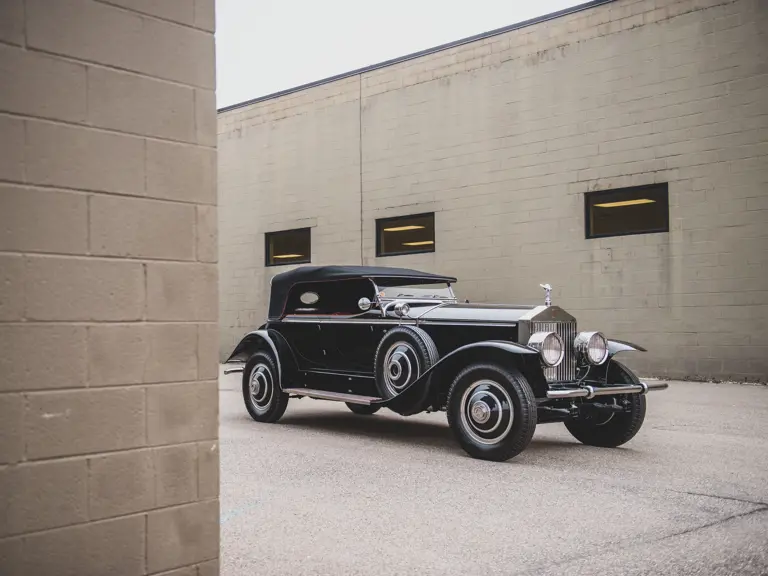

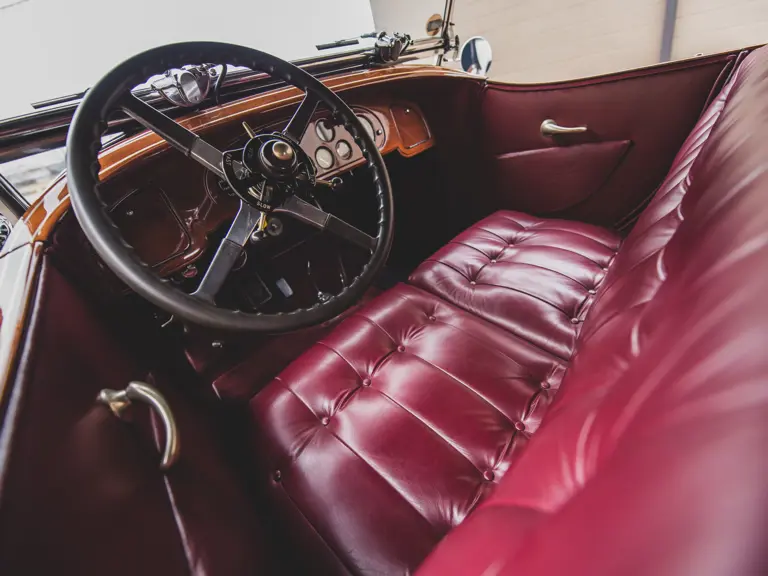
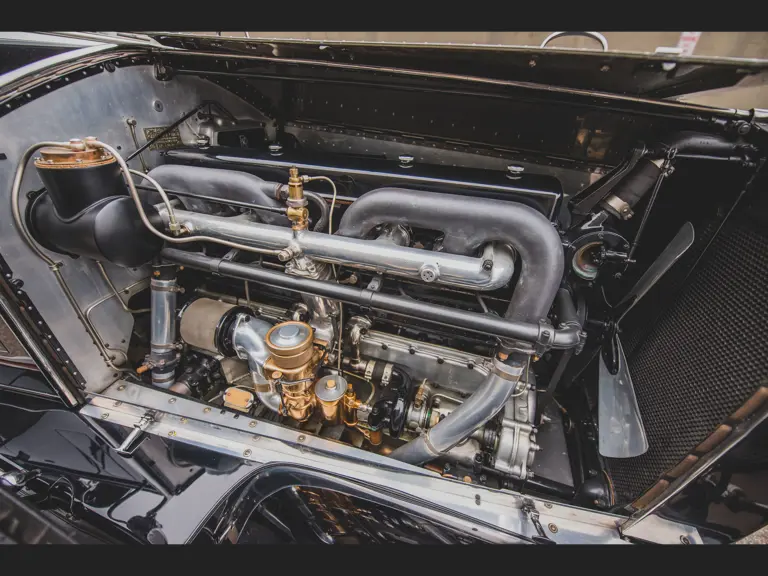
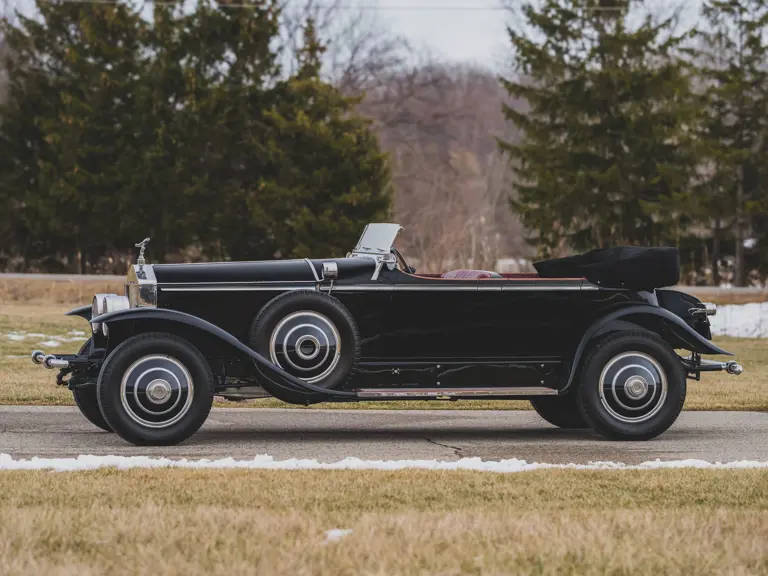
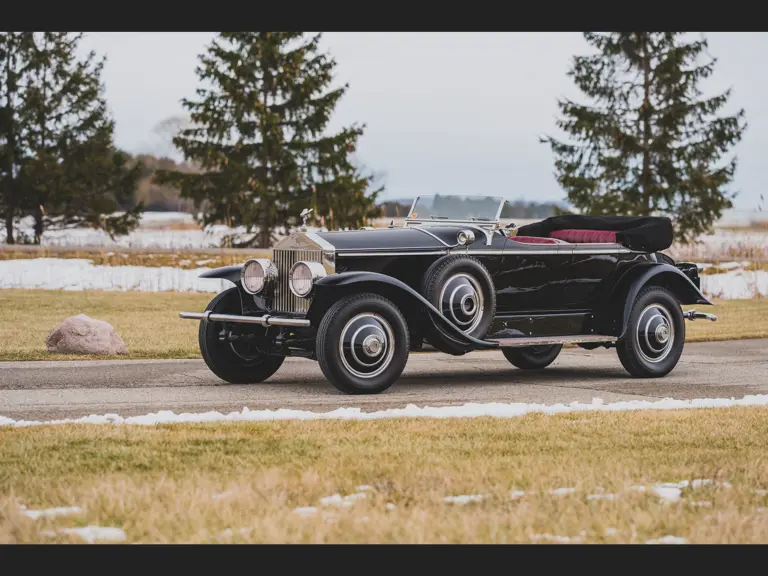
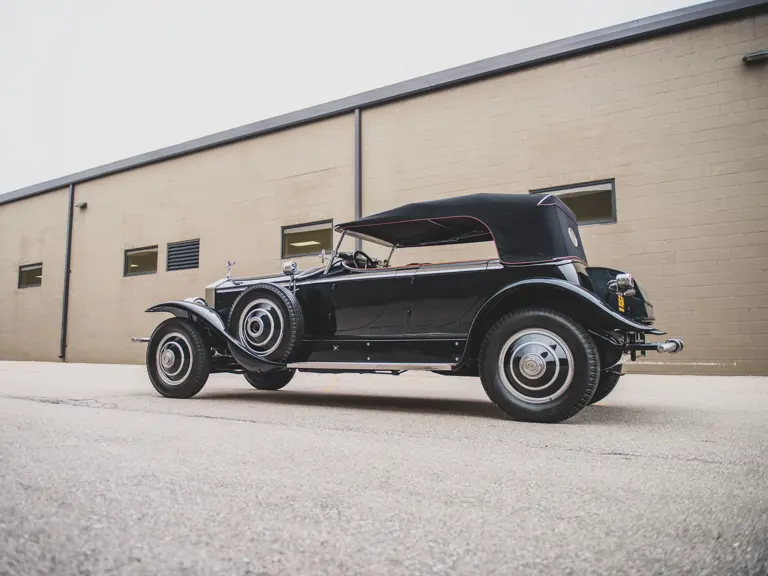
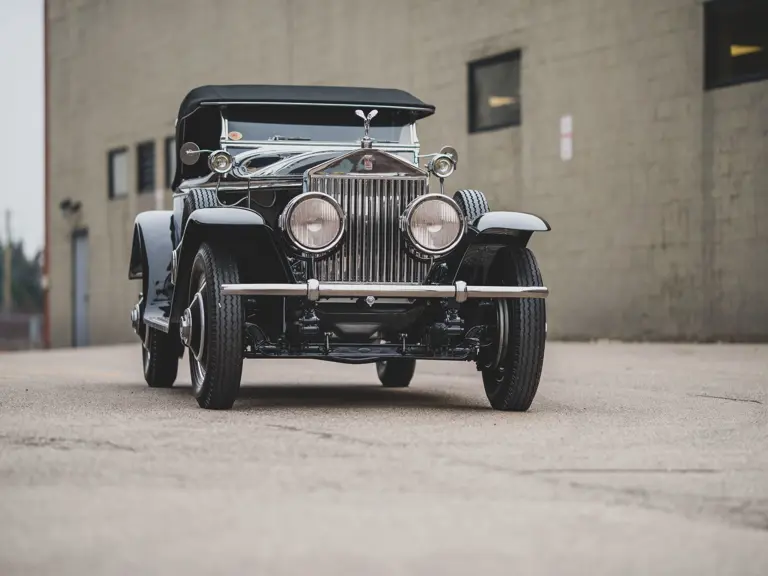
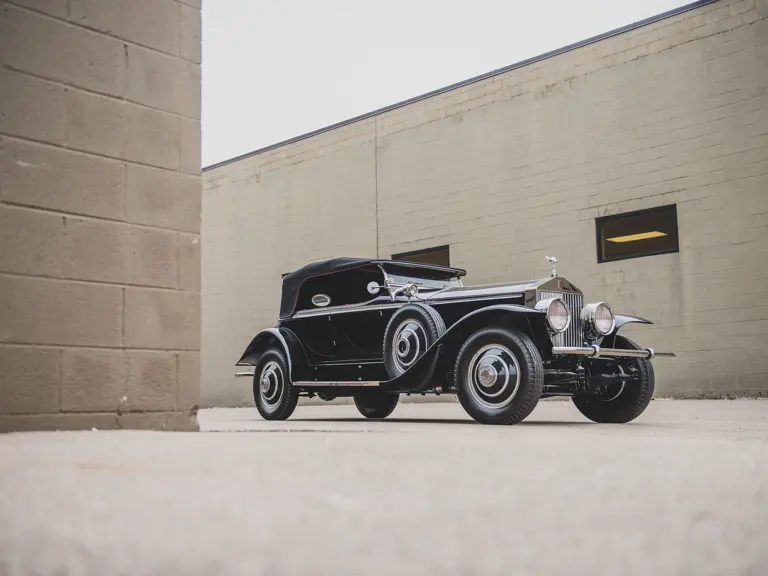
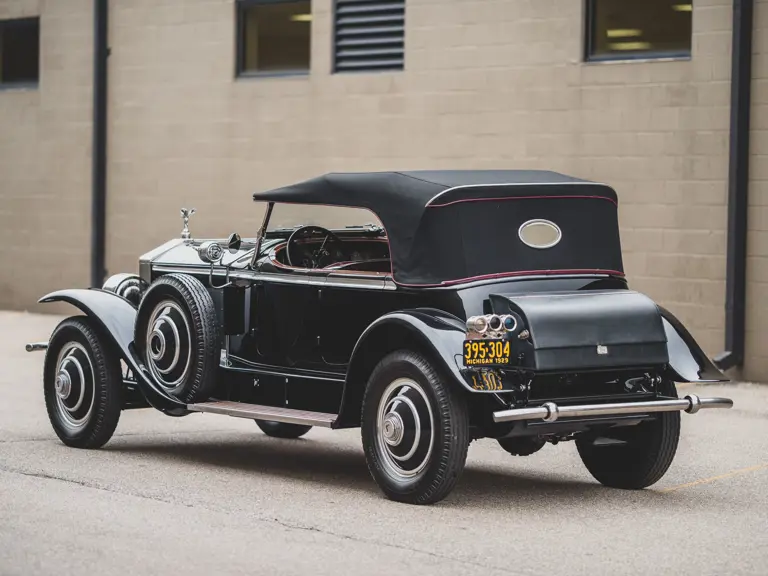
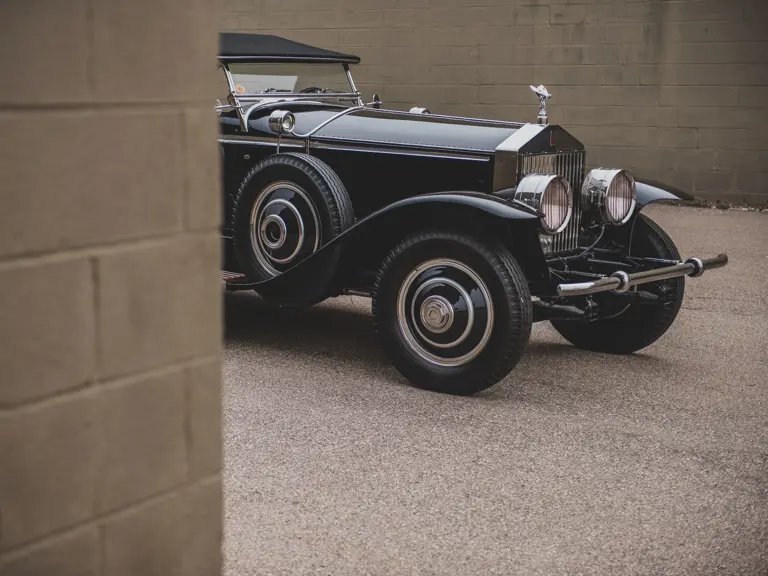
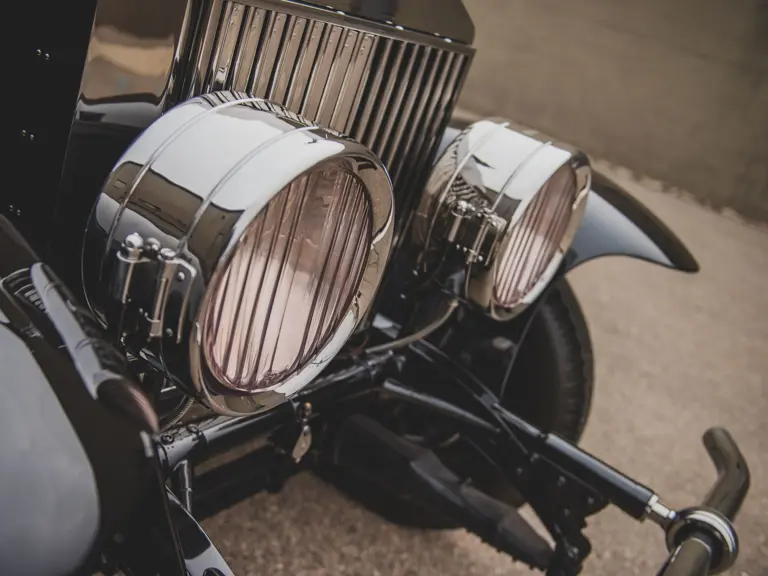
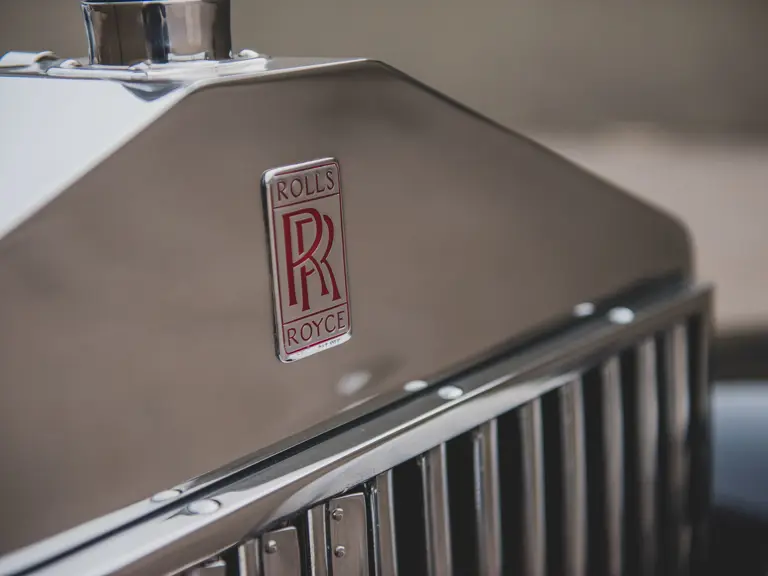
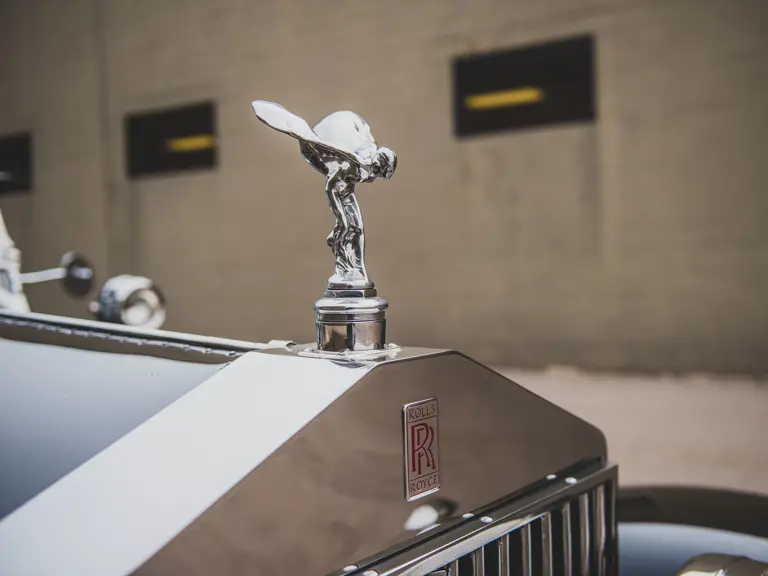
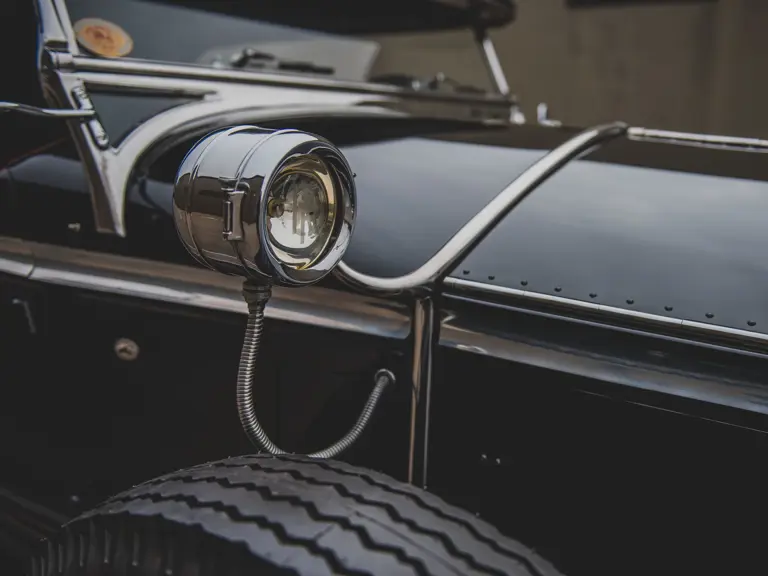
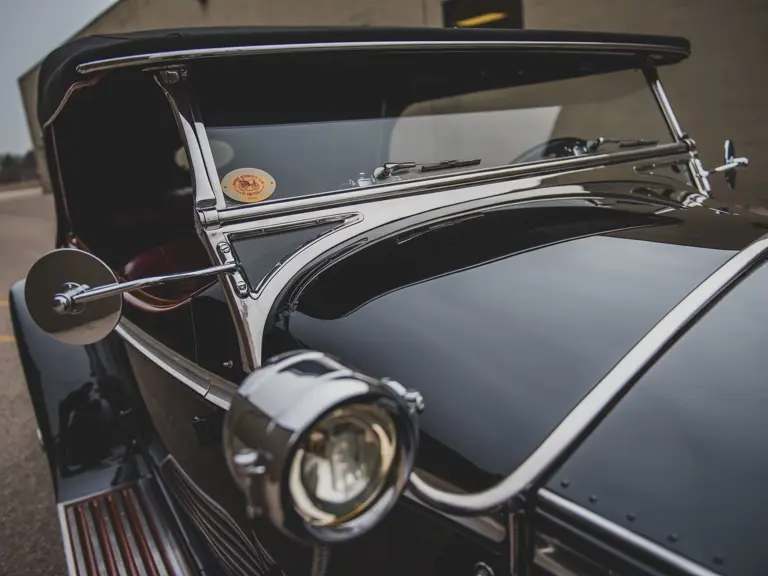
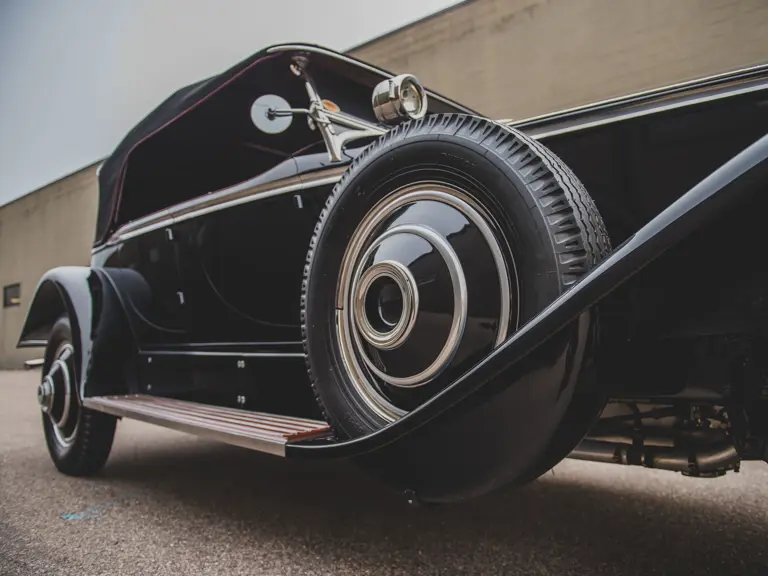
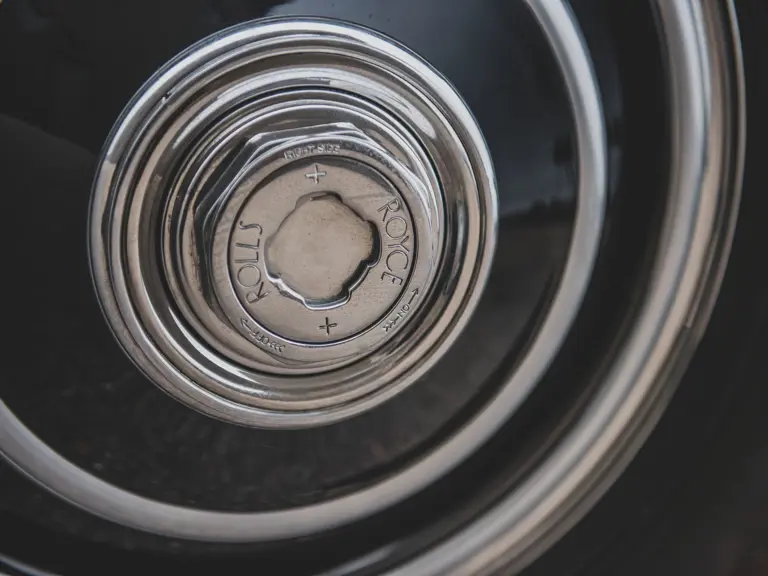
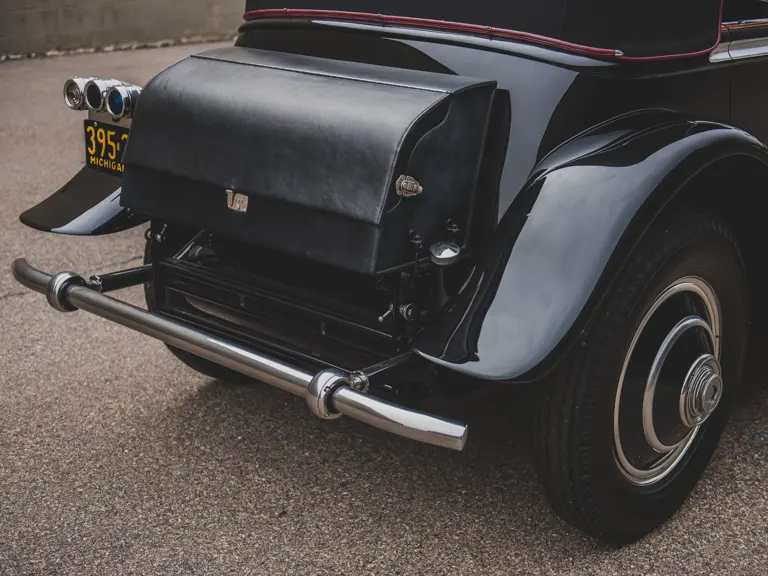
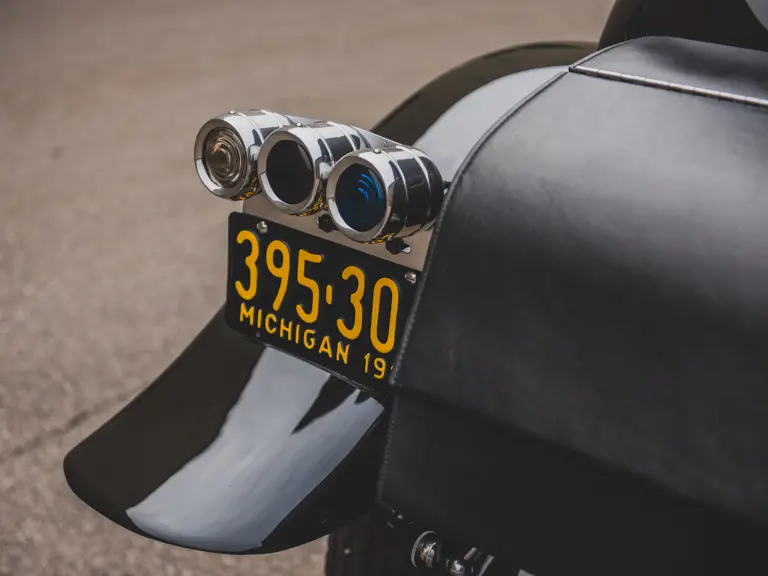
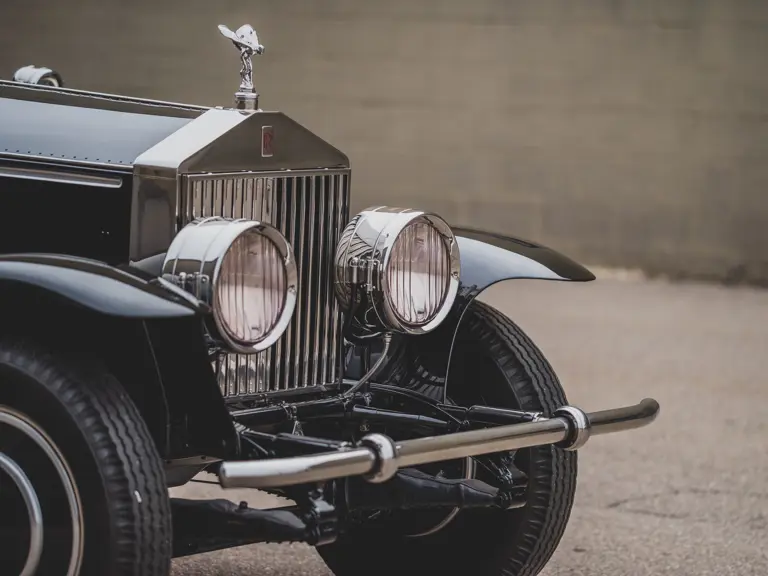
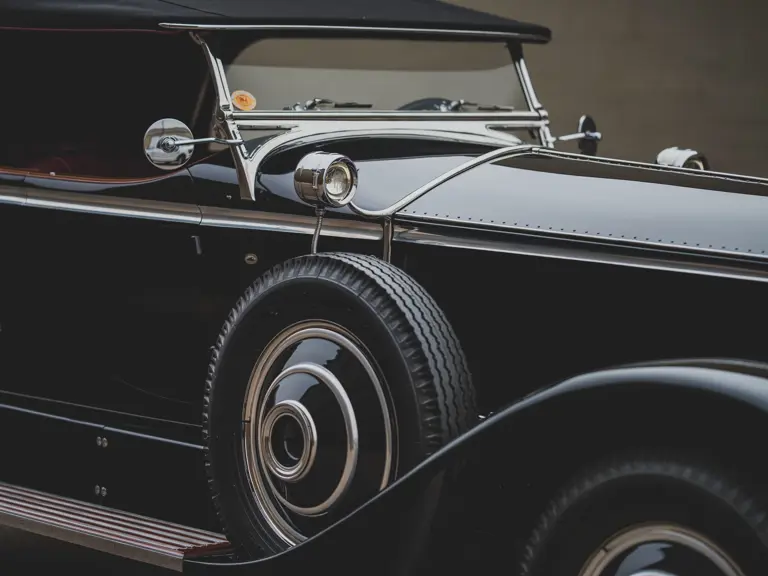
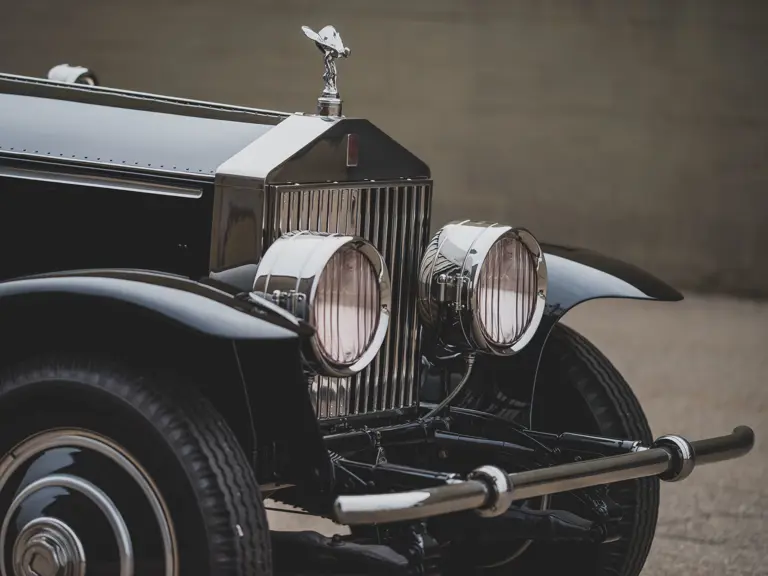
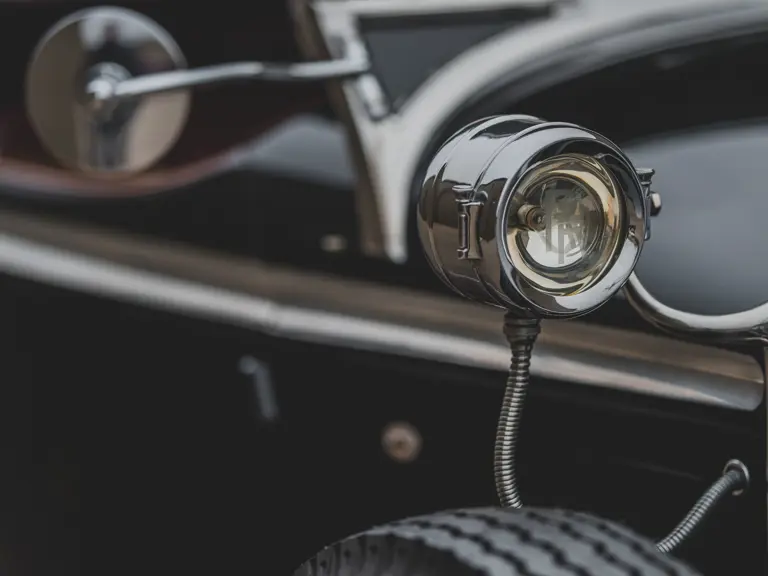
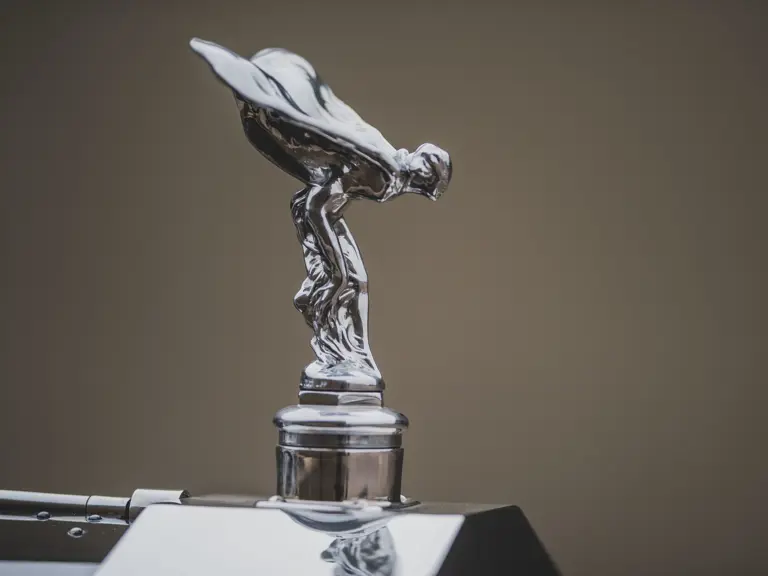
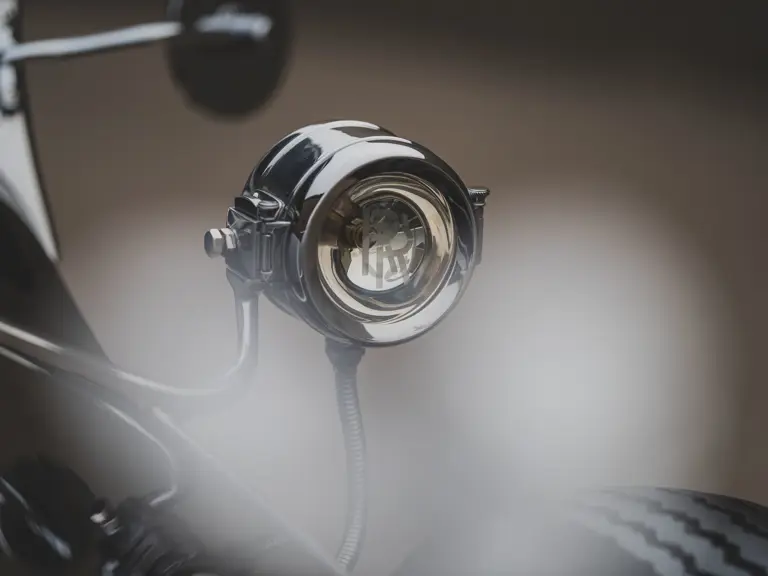
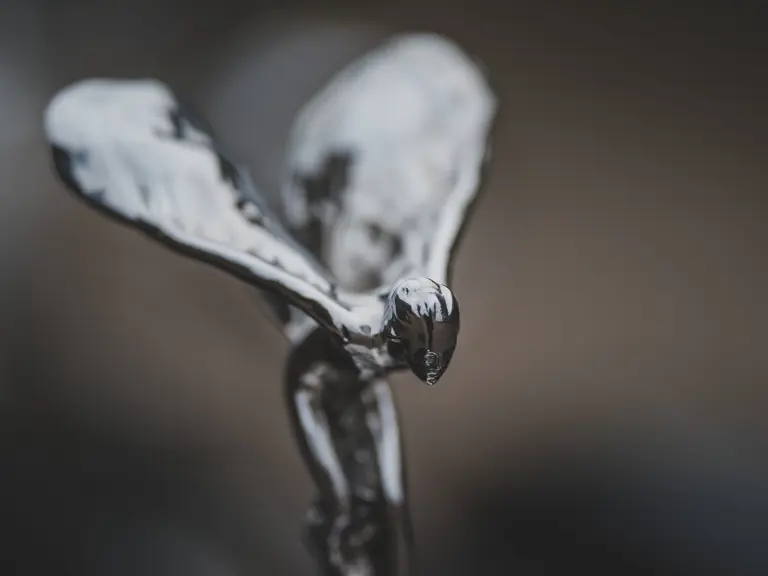
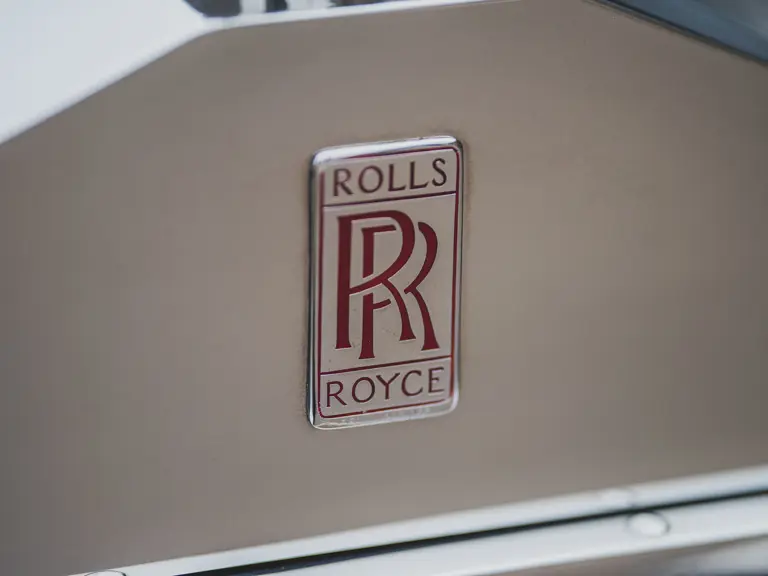
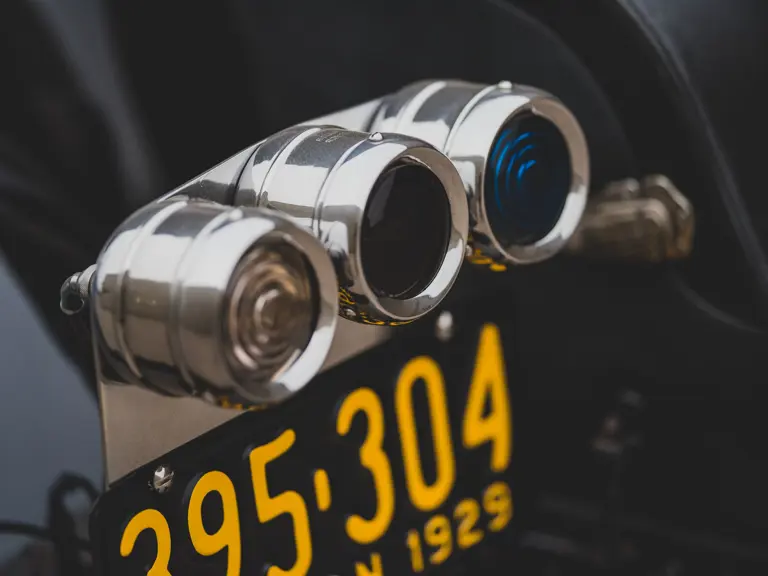
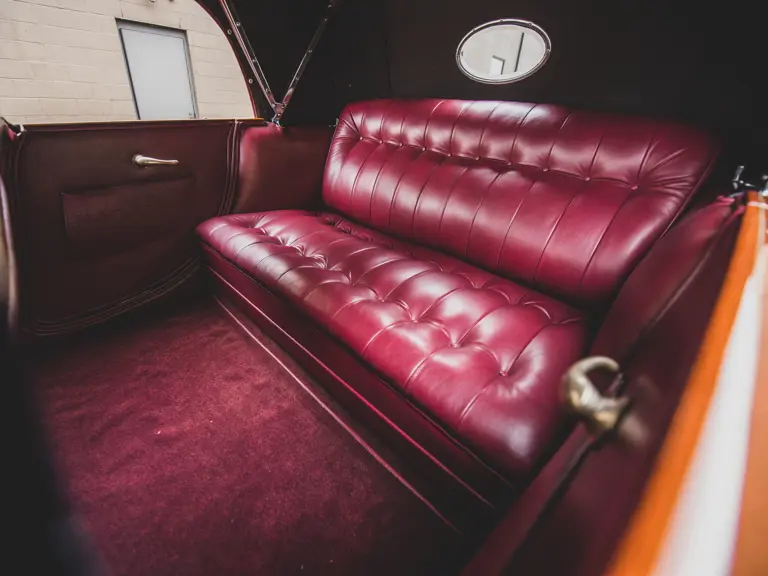
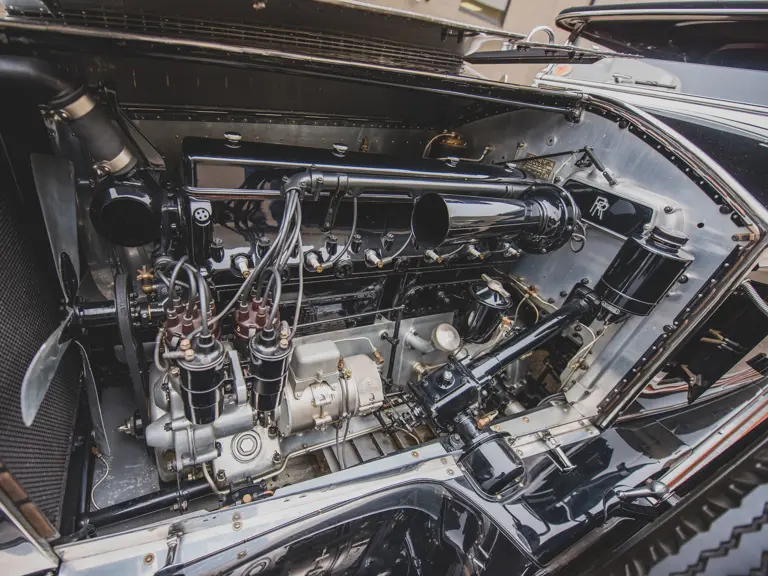

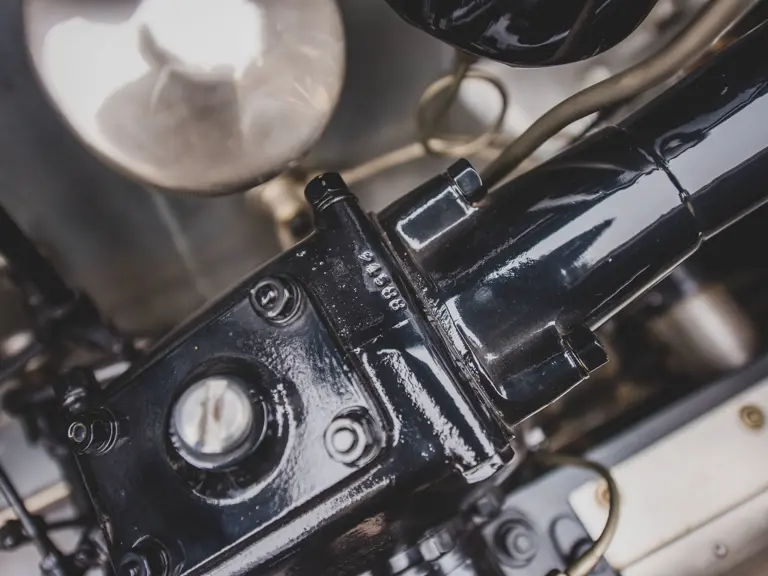
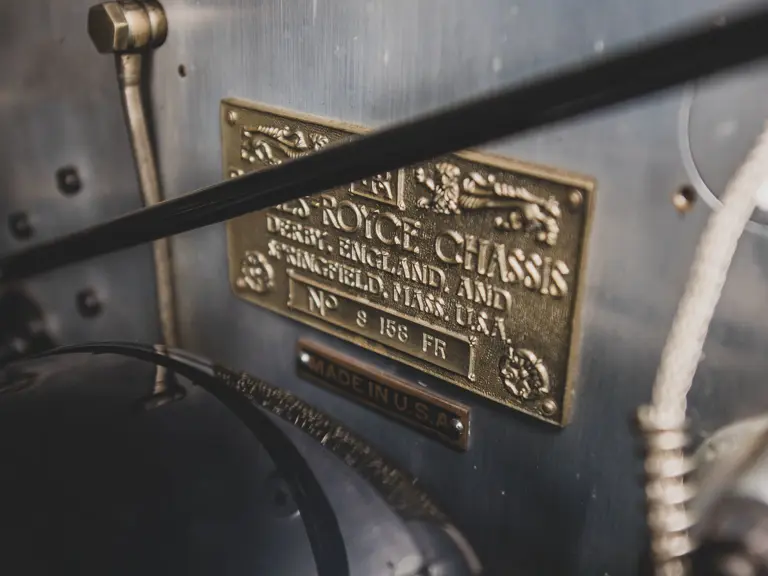
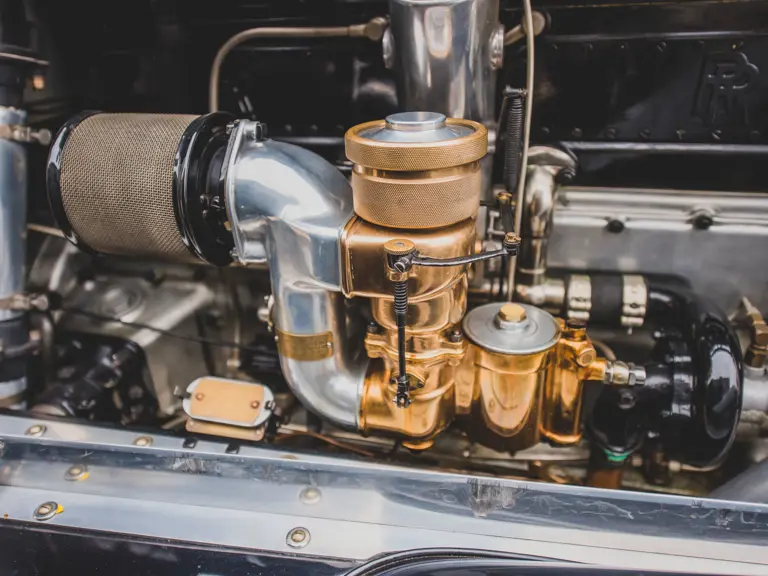


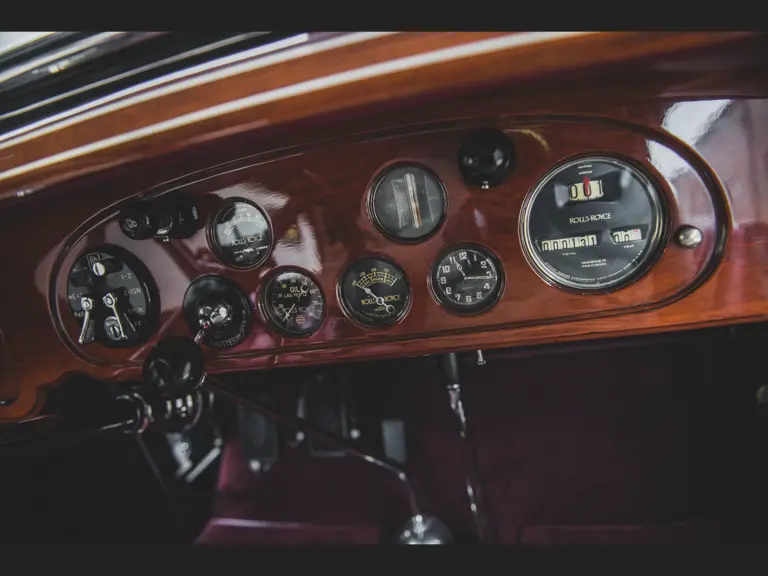
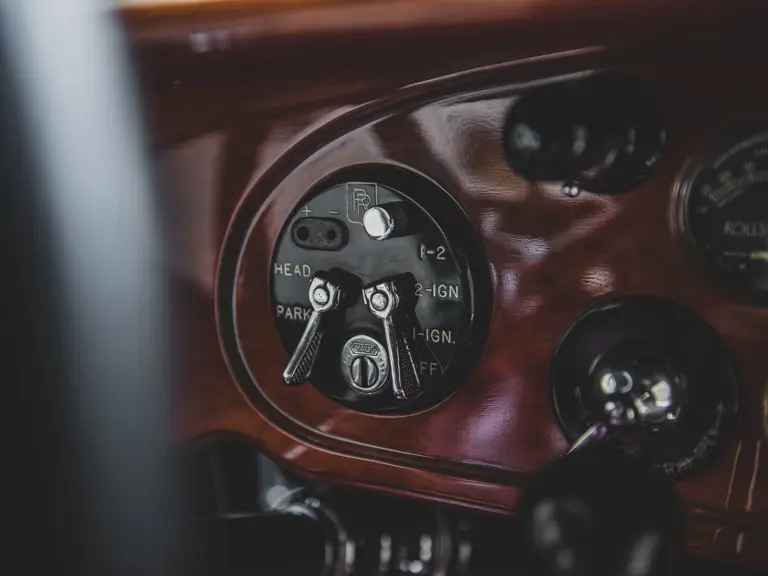
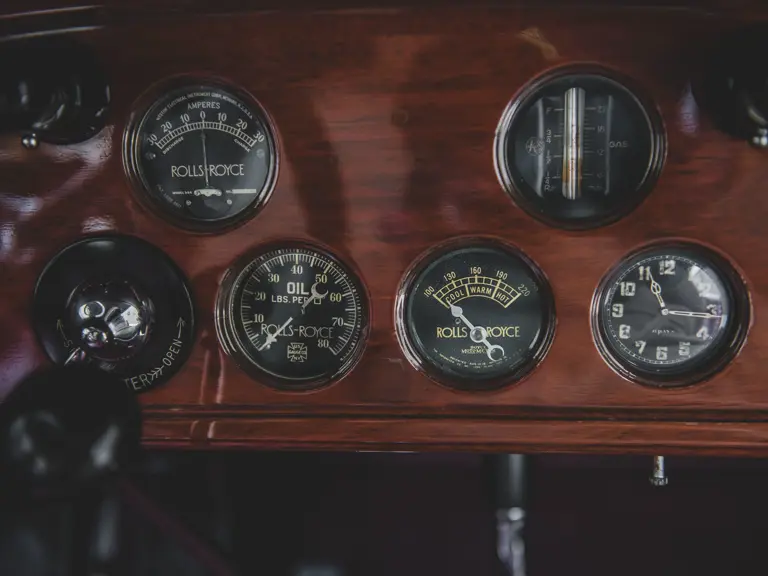
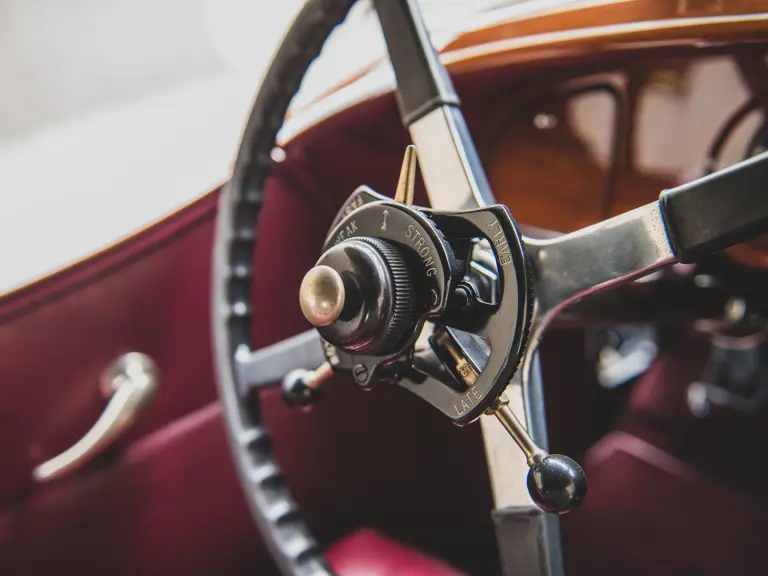

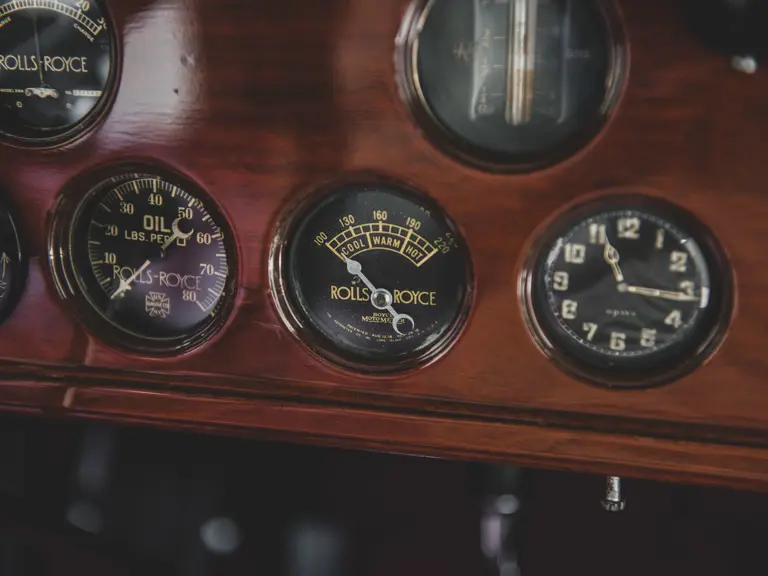
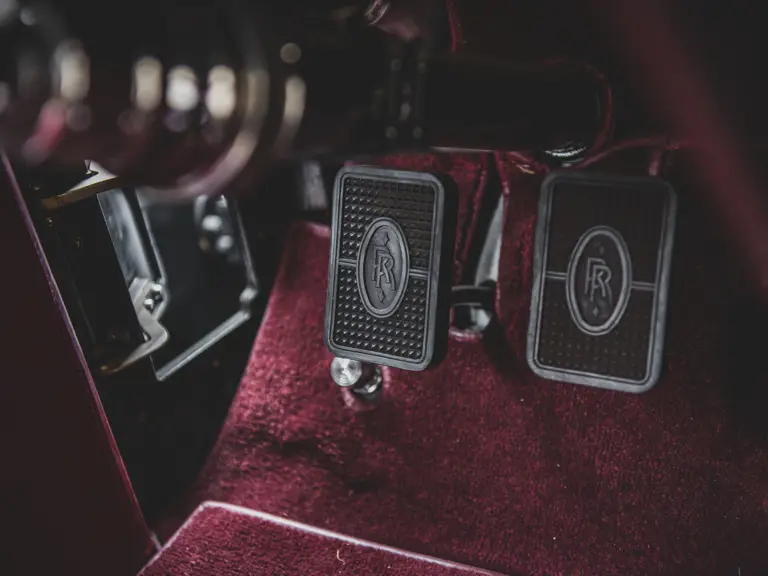
 | Amelia Island, Florida
| Amelia Island, Florida
